Imagine the freedom and convenience of owning your own airplane, allowing you to soar through the skies to escape for your hundred dollar hamburger and returning to a hangar that fills you with joy. If you’re considering purchasing an aircraft, you’re in the right place. In this definitive guide, we’ll walk you through the step-by-step process of buying an airplane in 2023, from establishing your goals to financing, inspecting, and maintaining your new pride and joy.
Short Summary
Establish goals to make an informed decision when purchasing your plane
Explore different aircraft types and resources from pilot’s associations for the best financing options
Proactively budget for maintenance, inspections and other costs to ensure a successful ownership experience.
Establishing Your Airplane Goals
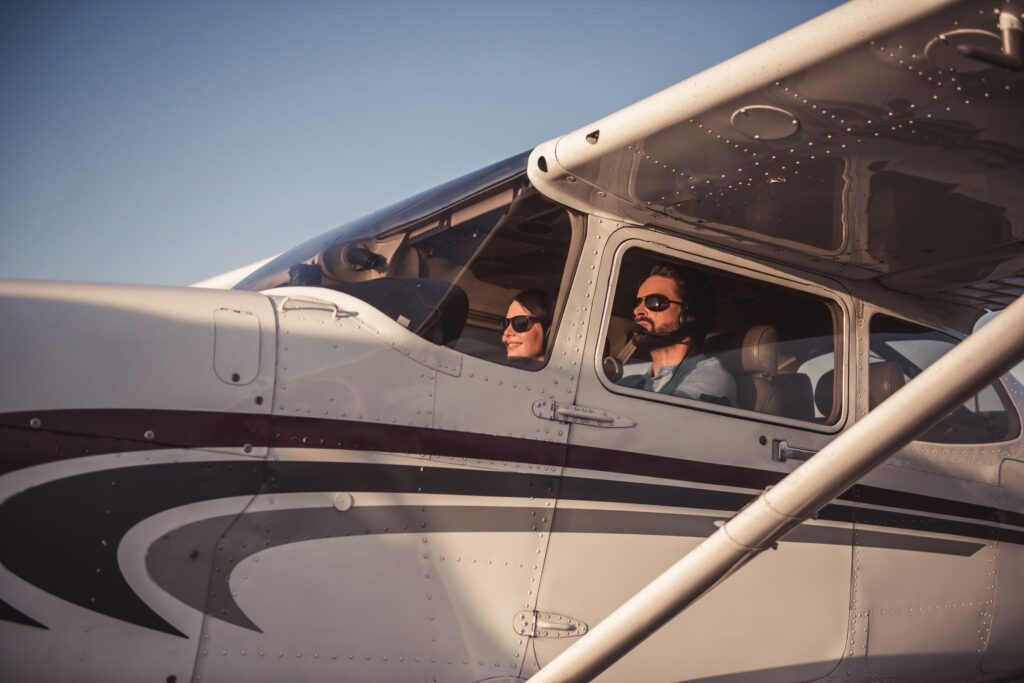
Before diving into the world of airplane ownership, it’s essential to establish your goals and understand the different types of general aviation aircraft available. Whether you’re a 10,000 hour pilot or fresh in the left seat, taking the time to explore various aircraft types and using resources from pilot’s associations will help you make an informed decision when purchasing your plane.
Researching the different types of aircraft available is the first step in the process. Consider type certificate.
General Aviation Aircraft Types
As you embark on your aircraft buying journey, you’ll encounter a wide variety of general aviation aircraft, including:
Light Sport – Lower weight/payload, often slower speeds but often more economical ownership
Experimental – The aircraft adhere to different standards than certified aircraft and include a diverse selection of home built planes including the popular Vans series.
Single-engine Certified – These are typically the most affordable and easiest to maintain, offering a great combination of range and speed.
Multi-engine planes: These provide even more range and speed, while still being relatively affordable.
Turboprop planes: These offer the best of both worlds, but can be more expensive and require more maintenance.
Each type has its own advantages and disadvantages. Every single aircraft has its unique characteristics based on what modifications, year, model and condition.
Websites like Trade-a-Plane, Aircraft Dealer, Global Air and Barnstormers offer an extensive range of aircraft for sale and auction. Used single-engine propeller planes, however, can be found at an incredibly affordable price of under $100,000.
By understanding the various types of aircraft on the market, you can make a more informed decision on which plane best suits your needs and budget.
Pilot’s Association Resources
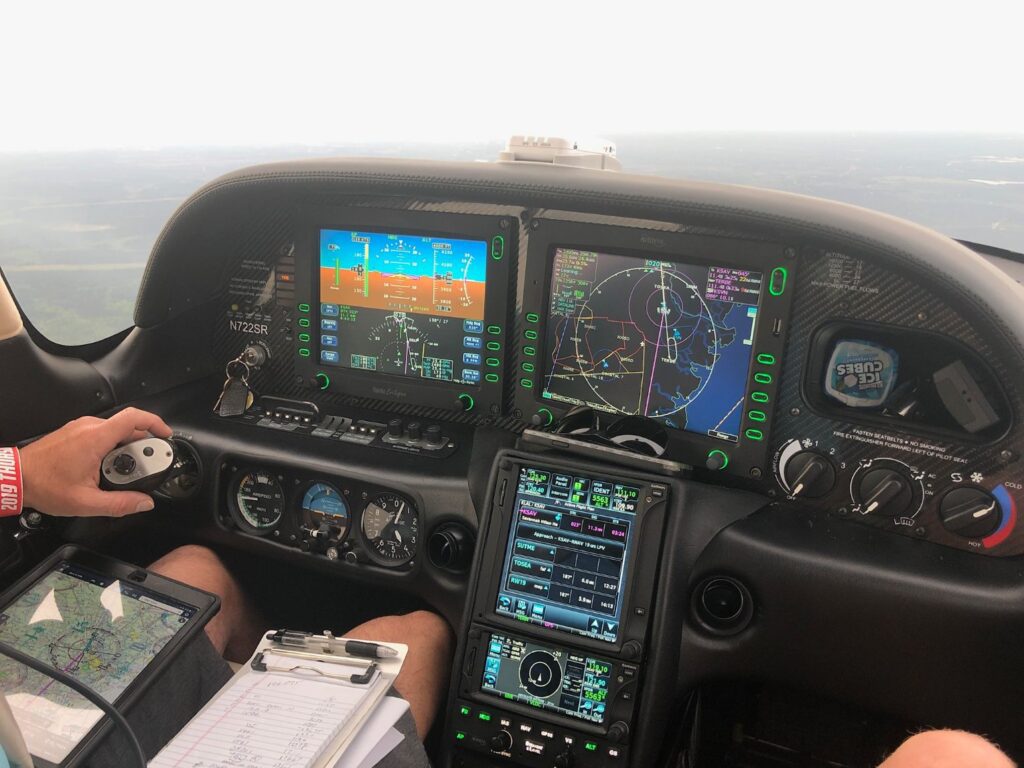

Pilot’s associations, such as the Aircraft Owners and Pilots Association (AOPA), offer valuable resources and guidance for prospective aircraft buyers. They provide tools like a free online cost calculator to help accurately estimate the costs of owning a used plane, as well as comprehensive lists of flying clubs throughout the United States.
By taking advantage of the resources offered by pilots’ associations, you’ll be better equipped to make a well-informed decision when purchasing your aircraft.
Financing Your Plane Purchase
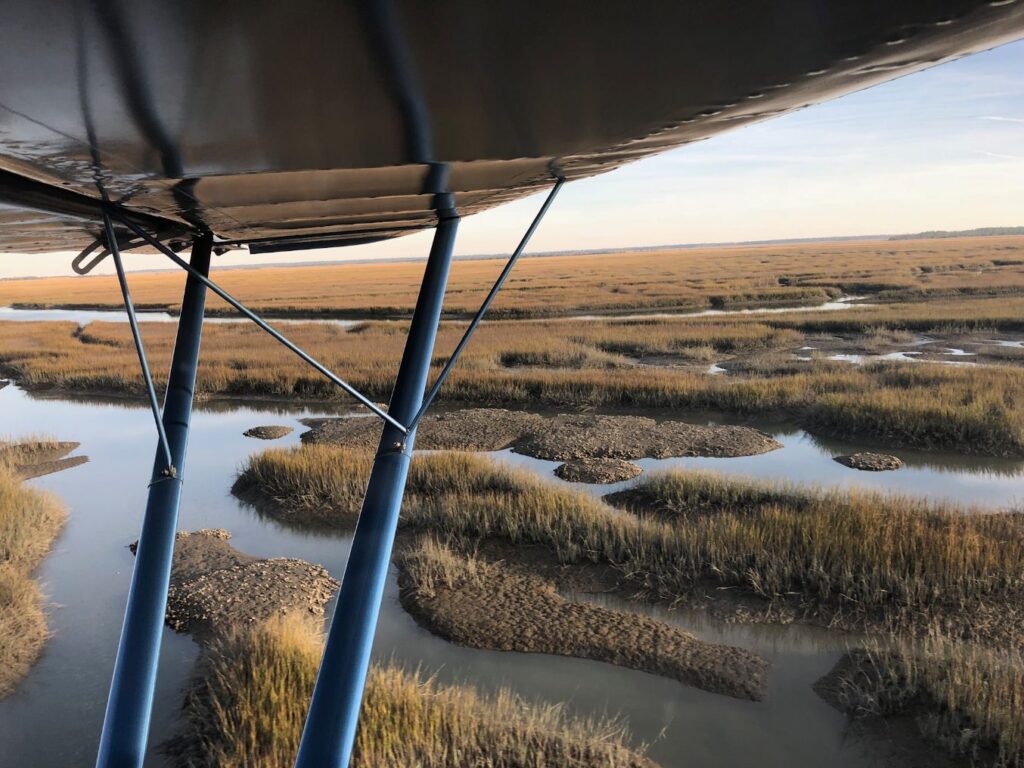

Financing your plane purchase is a crucial step in the process, as it allows you to secure the necessary funds to buy your dream aircraft. When financing is necessary, getting pre-approved in advance of getting serious about which aircraft you wish to purchase is recommended. Aircraft loans, such as those offered by specialized lenders, play a significant role in determining your monthly payments and interest rates. Factors like loan terms, credit score, and the overall cost of the aircraft will greatly impact your financing options.
By understanding these factors, you can make the best decision for your personal financial situation and aircraft goals.
Aircraft Loans
Aircraft loans come in various forms, including traditional loans, asset-based loans, and aircraft leases. Loan terms for aircraft loans range from 5 to 20 years, offering flexibility to suit your financial needs. The minimum down payment required for single-engine planes built after 1960 is a manageable 15%, while for older aircraft, it’s a reasonable 20%.
When searching for an aircraft loan, it’s essential to compare aircraft lenders and choose one that specializes in aircraft financing. This will ensure that you’re working with a lender who understands the unique aspects of aircraft ownership and can provide the best financing options for your specific needs.
Monthly Payments and Interest Rates
Monthly payments and interest rates are crucial factors to consider when financing your aircraft purchase. These rates can be influenced by loan terms, credit scores, and the overall cost of the aircraft. Typical interest rates for aircraft loans range from 6.25% to 8.99% with loan terms ranging up to 20 years, offering great opportunities for those looking to invest in an aircraft.
Down payment requirements for aircraft loans typically sit around 15% for loans under $1 million and 20% for loans over $1 million. By understanding the factors that impact monthly payments and interest rates, you can make informed decisions when financing your plane purchase and ensure your personal finances are in the best possible position.
Finding the Right Auction Resource
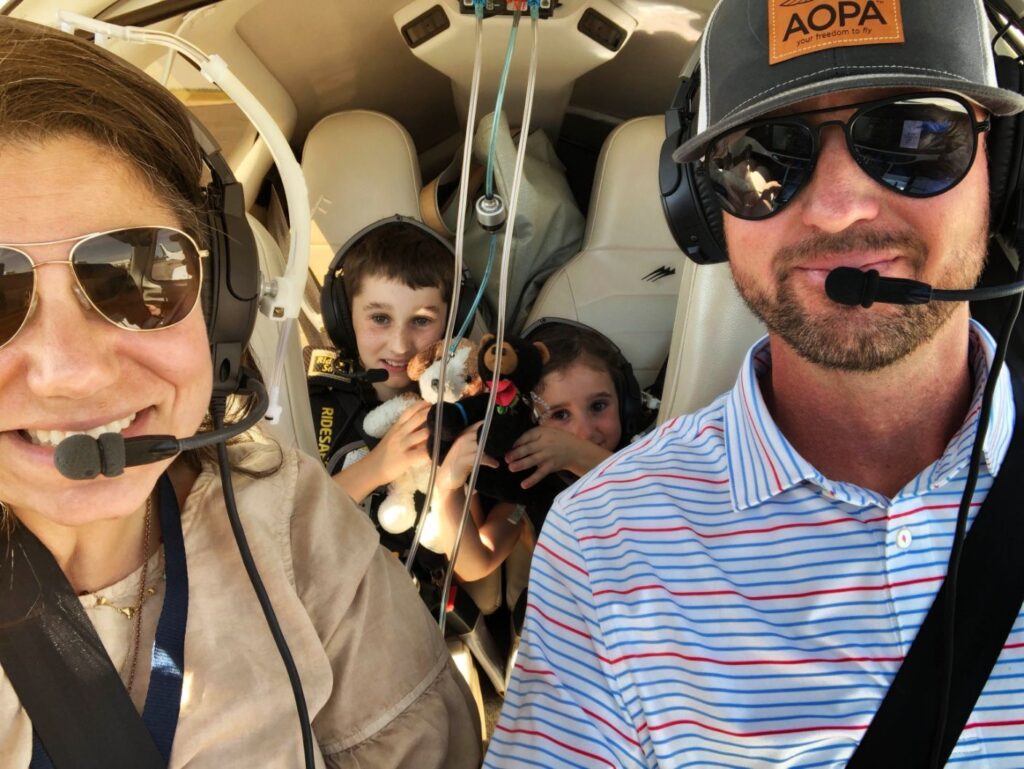

Once you’ve established your airplane goals and secured financing, it’s time to find the right auction resource to purchase your aircraft. Exploring online listings and participating in bidding processes can help secure the best deal on your desired aircraft.
By diligently researching and staying patient, you can find the perfect plane to fit your needs and budget.
Online Listings
Websites like GlobalAir.com, trade-a-plane.com, barnstormers.com and aircraftdealer.com offer a fantastic suite of options to guarantee that the aircraft you research will have a clear chain of ownership.
When researching aircraft on airspaceauctions.com you will find best practices adhered to. Full logbooks, FAA records, NTSB reports, images and videos for every plane is in one convenient place. Additionally all aircraft have clear chain of ownership, excellent maintenance history and recent annuals or condition inspections. Any owner or auction house should be happy to answer any questions you have about the aircraft you are interested in bidding on.
Bidding on Auctions
Bidding on auctions requires research, patience, and a clear understanding of your budget and desired aircraft specifications. AirSpace offers live online auctions including max bid/proxy bid and sniper protection features. Live online auctions allow bidders enjoy the thrill of an auction without the hassle of travel
To ensure success when bidding on auctions, it’s crucial to:
Research the item being auctioned, the auction house, and the terms and conditions of the auction
Have a clear budget and desired specifications of the item being purchased
Be aware of any applicable taxes or fees associated with the auction
By following these steps, you can increase your chances of securing the best possible deal.
Pre-Purchase Research and Visual Inspection
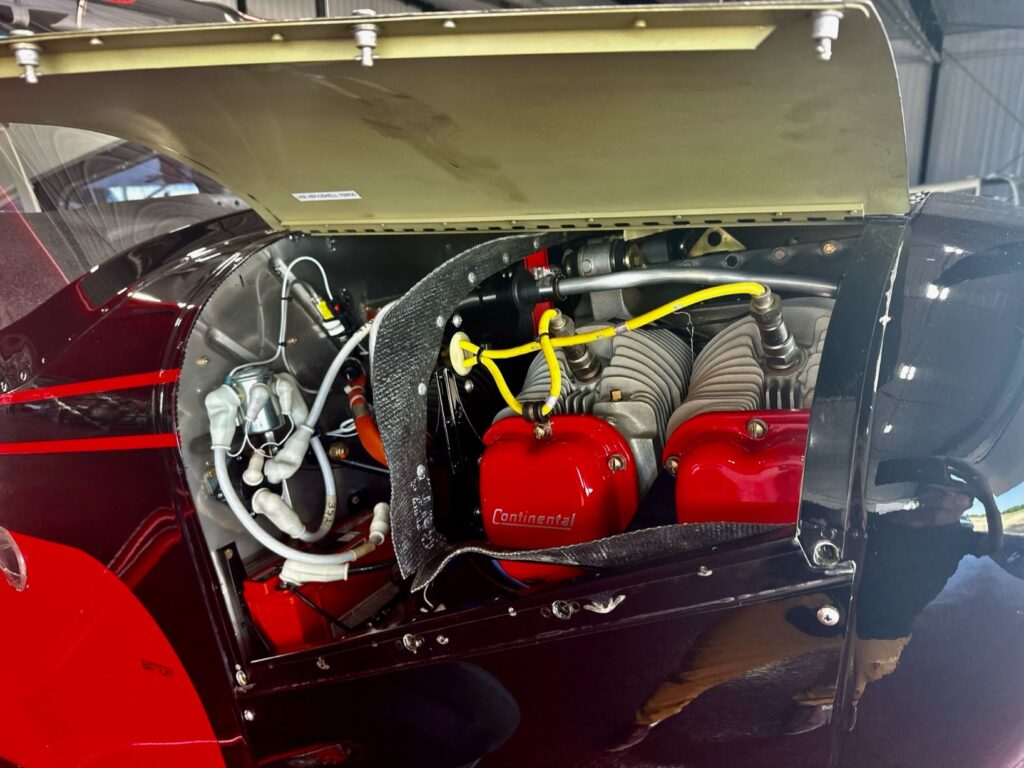

Before finalizing your aircraft purchase, it’s essential to conduct pre-purchase research and a visual inspection. This involves reviewing records, accident reports, and conducting a thorough examination of the aircraft’s condition. Taking these steps will ensure that the aircraft’s history is transparent and free of any major issues that could impact its value or safety, ultimately leading to a successful purchase. AirSpace provides full digital documentation of all aircraft presented for auction.
It is important to remember that the pre-purchase research, visual inspection process, and obtaining a pre approval letter are critical steps in the aircraft buying journey.
Reviewing Records and Accident Reports
Reviewing records and accident reports is a crucial part of the pre-purchase process, as it helps guarantee the aircraft’s history is clear and free from any significant problems that could influence its value or safety. The records that should be reviewed when purchasing an airplane include the aircraft’s logbook, maintenance records, and accident reports.
By thoroughly examining these records, you can identify any potential issues that could be addressed now, saving you thousands of dollars in the long run. This research will also give you peace of mind knowing that you’re making a well-informed decision and investing in a safe, reliable aircraft.
Insurance and Risk Management
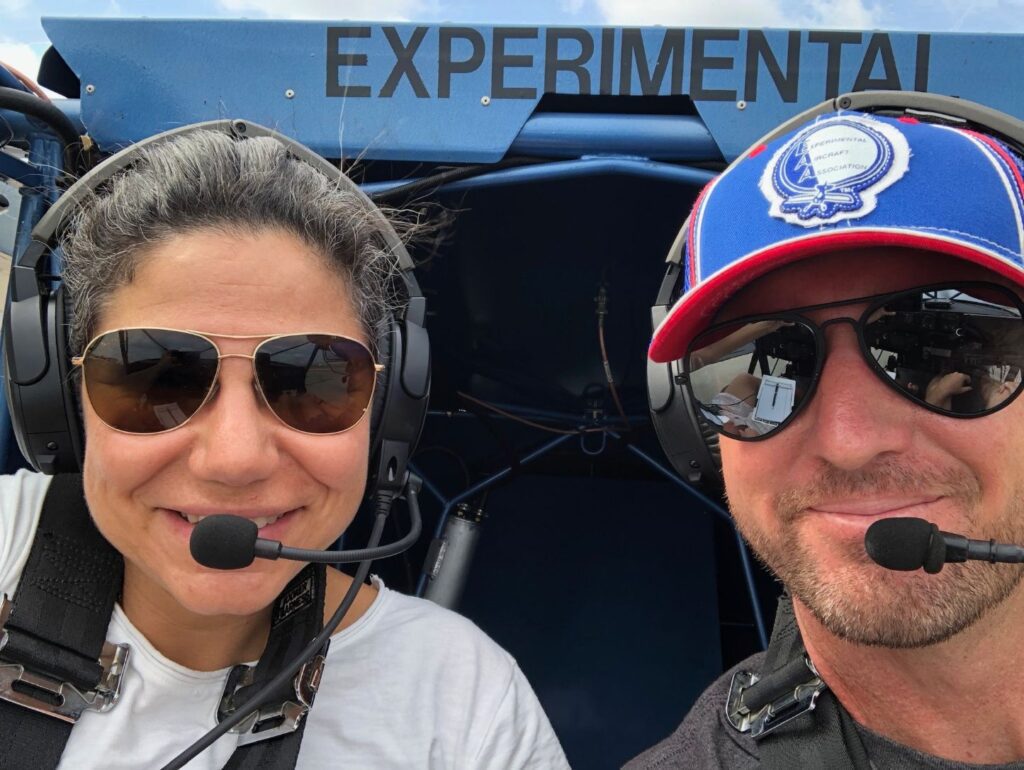

Just like any major investment, it’s important to have insurance for your airplane, ensuring safety and security no matter its size, nature, or function. Selecting the right insurance company and policy, as well as considering personal finance factors, will play a crucial role in the overall success of your aircraft purchase.
It is essential to not only be sure you are able to get checked out in the aircraft you wish to purchase but be sure you are able to get insurance for that aircraft. Your insurance agency may have hours and training requirements for you before you are able to be PIC in your new aircraft.
By carefully weighing these factors, you can protect your investment and enjoy the freedom of flying with peace of mind.
Insurance Companies and Policies
Insurance companies offer various policies covering aircraft damage and liability, with costs ranging from $500 to several thousand dollars per year. Some notable insurance providers for airplane purchases include:
Aircraft Marine
Avemco
These financing and insurance companies offer a wide range of insurance coverage, such as aerospace products liability, aviation workers’ compensation, general aviation liability, and aircraft renter’s insurance.
Researching insurance companies and policies before purchasing an airplane can ensure that you get the most comprehensive coverage for your needs at the most competitive price. By comparing different providers and understanding the types of coverage available, you’ll be better equipped to make the best decision for your aircraft insurance needs.
Personal Finance Considerations
Personal finance considerations are an essential aspect of purchasing an aircraft, as they involve budgeting for ongoing costs such as:
Maintenance
Fuel
Storage
Insurance
It’s important to have a clear understanding of your financial situation and how it will be impacted by the costs associated with owning an airplane.
When planning for these expenses, take into account factors like:
loan terms
fuel costs
time between overhauls
maintenance costs
By considering all of these factors and creating a comprehensive budget, you can ensure that you’re making a smart investment in your airplane while maintaining a healthy financial outlook.
Legal Aspects and Registration
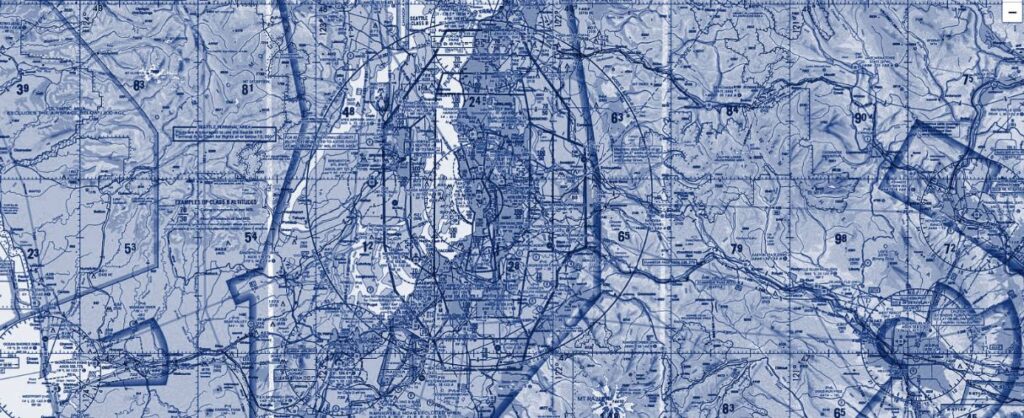

After finding the perfect airplane and securing financing, it’s essential to address the legal aspects and registration of your aircraft. This involves transferring ownership of the aircraft and ensuring its airworthiness according to FAA regulations.
By properly navigating the legal side of buying a used plane, you’ll ensure a smooth and successful outcome, allowing you to enjoy the benefits of airplane ownership with peace of mind.
When AirSpace Auctions completes an auction the bidder deposit, buyer, aircraft and seller information goes to AIC title so that they can ensure all regulations are adhered to. They also ensure a secure and fair financial transaction.
Transfer of Ownership
Transferring ownership of an airplane requires the completion of proper documentation, including an Aircraft Registration Application (FAA Form 8050-1) and providing evidence of ownership. The current registration will be removed from the aircraft, and the sale section on the back of the form will be completed. The completed form will then be submitted to the appropriate authority, such as the Federal Aviation Administration (FAA).
It’s crucial to ensure that all documentation is completed accurately and submitted within the specified timeframe to avoid fines and other penalties. By working diligently through the transfer of ownership process, you’ll ensure a seamless transition and set the stage for a successful airplane ownership experience.
Ensuring Airworthiness
Ensuring airworthiness is a critical aspect of airplane ownership, as it involves obtaining a current airworthiness certificate and conducting regular inspections as mandated by the FAA. The owner is responsible for ensuring that the airworthiness certificate is valid, while the pilot in command (PIC) makes an airworthiness determination before every flight.
The aircraft must also undergo certain ground and test flight procedures to demonstrate that it meets the standards set by the FAA. Regular inspections and maintenance are essential to maintain the airworthiness of the aircraft, ensuring that it remains safe and reliable for years to come.
By staying diligent in these responsibilities, you’ll protect your investment and enjoy the many benefits of airplane ownership.
Every airplane AirSpace Auctions lists has current airworthiness and up to date maintenance.
Maintenance and Ongoing Costs


Once you’ve purchased your airplane, it’s essential to budget for maintenance and other ongoing costs associated with aircraft ownership. Setting aside funds for routine upkeep and considering the impact of specific equipment, such as retractable landing gear, on overall expenses will help ensure your airplane remains in top condition and ready to fly whenever you are.
It’s important to remember that aircraft ownership is a long-term commitment and that the costs associated with aircraft ownership are high.
Budgeting for Maintenance
Budgeting for maintenance is a crucial aspect of airplane ownership, as it ensures your aircraft remains in optimal condition and safe to fly and ensured resale value. This includes setting aside funds for annual inspections, oil changes, and other routine tasks. It’s important to factor in the cost of parts and labor when budgeting for maintenance, as well as researching the maintenance history of the aircraft before purchasing it.
Being proactive in setting aside funds for maintenance can help you avoid costly surprises down the road and ensure that your aircraft remains in top condition. By diligently budgeting for maintenance, you’ll protect your investment and enjoy the many benefits of airplane ownership.
Retractable Landing Gear and Other Equipment


Retractable landing gear and other equipment can have a significant impact on the maintenance costs associated with owning an airplane. While retractable landing gear can improve fuel efficiency and performance, it can also increase maintenance costs due to its more complex design.
When purchasing an airplane, it’s important to take into account the costs associated with specific equipment, such as:
Avionics
Autopilot systems
Navigation systems
Engine monitoring systems
By considering the impact of these factors on your overall budget, you’ll be better prepared to make an informed decision about your aircraft purchase and ensure your personal finances remain in the best possible shape.
Summary
In conclusion, purchasing an airplane in 2023 involves several key steps, including establishing your goals, securing financing, finding the right auction resource, conducting pre-purchase research and inspections, obtaining insurance, addressing legal aspects, and budgeting for maintenance and ongoing costs. By following this definitive guide and considering each of these crucial factors, you’ll be well on your way to experiencing the freedom, convenience, and excitement of owning your very own aircraft. So buckle up and prepare for takeoff – the skies are calling!
Frequently Asked Questions
How long does it take to buy an airplane?
With the right team of professionals, buying an airplane can take anywhere from a week to a few months.
Is it worth it to buy your own plane?
If you fly often, owning a plane can be a wise investment. Generally, if you plan to fly 100 hours or more per year, buying your own aircraft is likely worth it.
How much does it cost to buy a plane?
The cost of a plane varies greatly depending on the size and type, ranging from $8,000 to over $9 million. Single-engine piston aircraft can cost between $15,000 and $500,000, while turboprops and light jets are typically priced in the millions.
Are airplanes a good investment?
Airplanes can be a good investment. As with other purchases, how you buy and how you care for it are the determining factors that influence enduring value. Aircraft of all types can sustain or appreciate in value, similar to classic and collectable cars.
This makes them a great choice for those looking to invest in a vehicle that will hold its value. They are also a great way to travel quickly and conveniently, as they can cover large distances in a short amount of time.
What types of general aviation aircraft are available for purchase?
From single-engine planes to multi-engine and turboprop aircraft, there’s a great variety of general aviation aircraft available for purchase. Each option has its own pros and cons to fit any need and budget.

